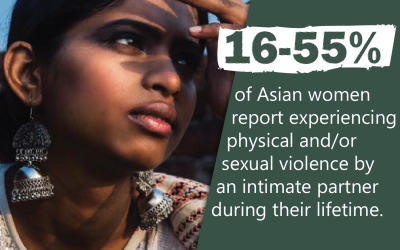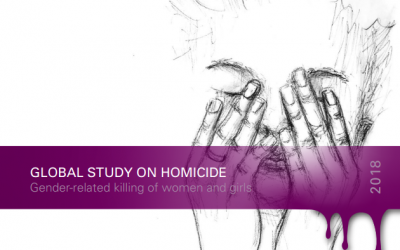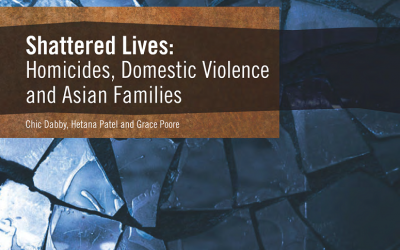This study used data from 125 intimate partner killings occurring between 2000 and 2005, gathered from newspapers and femicide reports from state coalitions, to explore differences in intimate partner homicides among Asian Americans. The findings suggest that culturally-specific risk assessment and intervention strategies to prevent intimate partner homicides among at-risk Asian Americans are necessary.
Some findings from the study include:
- In nearly nine out of ten cases, men were the perpetrators
- Gender differences existed in ages of victims and perpetrators, types of relationships between partners, and nethods of killing
- Most homicides occurred among Southeast Asians
- East Asians had the highest within group proportion of suicides
Related Resources
Defending Criminalized Survivors Workshop
What happens when the laws that are supposed to protect survivors of domestic violence and sexual assault become turned against them? Survivors can be criminalized for reacting in self-defense, participating in criminal activity under their abusers’ coercion, or for failing to protect their children from witnessing or being impacted by violence in the home. Survivors of color, who struggle with mental health or substance dependency, or who otherwise don’t fold the “perfect victim” mold are disproportionately incarcerated. In this workshop, API-GBV will be joined by Hyejin Shim and Neda Said of Survived & Punished, who will guide participants through a discussion of the criminalization of survivors, and how advocates can support criminalized survivors.
Facts & Stats Report: Domestic Violence in Asian and Pacific Islander Homes, 2020
Statistics from published and unpublished studies on prevalence of abuse, domestic violence, types of abuse, attitudes towards domestic violence, help seeking attitudes and experiences, service utilization, health and mental health consequences, exposure to family violence in childhood, and domestic violence related homicides.
Global Study on Homicide: Gender-related killing of women and girls, 2018
By United Nations Office on Drugs and Crime
Around 87,000 women were killed around the world in 2017, including 50,000 (58%) at the hands of intimate partners or family members. This amounts to some six women being killed every hour by people they know. This study examines available homicide data to analyze the gender-related killing of women and girls, with a specific focus on intimate partner and family-related homicide and how this relates to the status and roles of women in society and the domestic sphere.
Shattered Lives: Homicides, Domestic Violence and Asian Families, 2010
An analysis of domestic violence related homicides in Asian families from 2000 to 2005.
by Bushra Sabri, Jacquelyn C, Campbell. and Chic Dabby
Violence Against Women
March 2016



